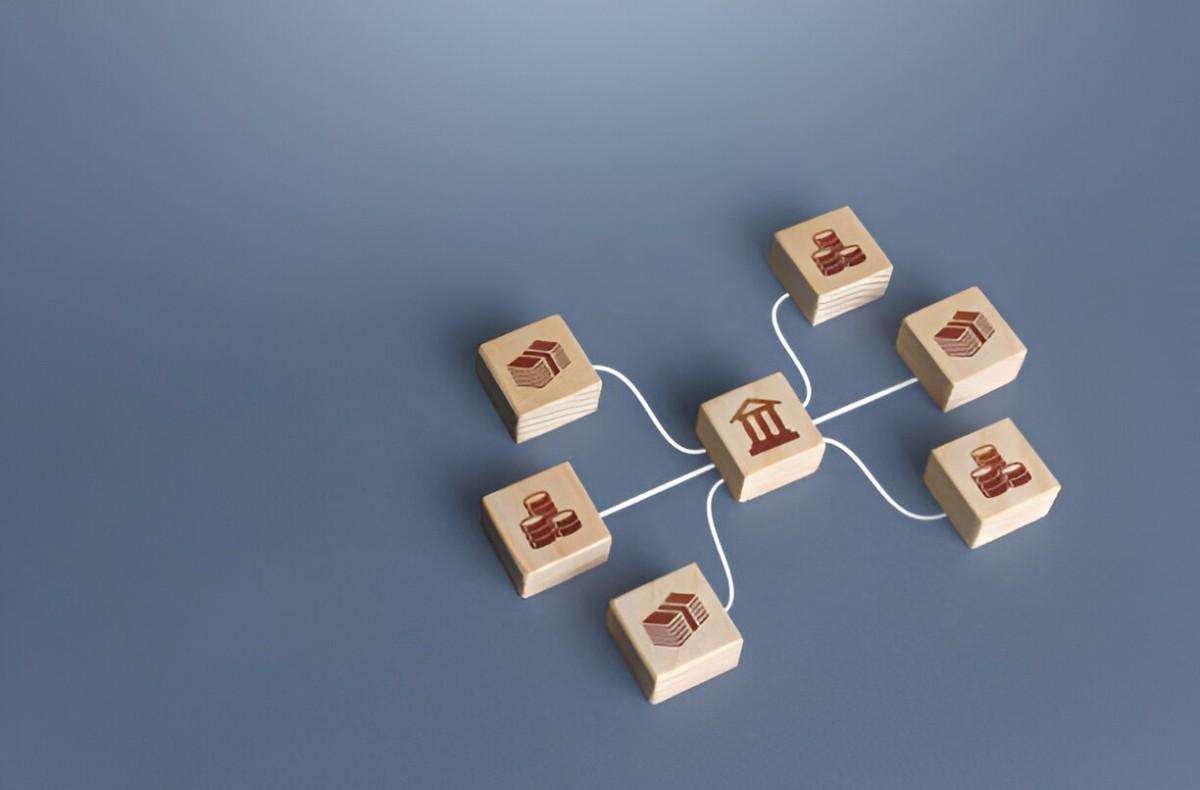Introduction
Blockchain technology has gained widespread recognition for its ability to create decentralized, immutable, and transparent systems. In the field of architecture design, blockchain-based systems provide innovative solutions for security, verification, intellectual property protection, and project collaboration. In this article, I will break down blockchain-based architectural systems into clear categories and explore their practical applications, limitations, and comparisons.
Table of Contents
Understanding Blockchain in Architecture Design
Blockchain serves as a distributed ledger that records transactions in a secure, tamper-resistant way. In architecture, it can be applied to smart contracts, digital asset tracking, supply chain management, and authentication of design copyrights. To understand its impact, I categorize blockchain-based architectural systems into the following groups:
- Public Blockchain Systems
- Private Blockchain Systems
- Consortium Blockchain Systems
- Hybrid Blockchain Systems
Each of these types has distinct advantages and drawbacks that influence their suitability for different architectural applications.
Public Blockchain Systems
Public blockchains are open to anyone and rely on decentralized validation mechanisms, such as Proof of Work (PoW) or Proof of Stake (PoS). Examples include Ethereum and Bitcoin. These systems are beneficial for transparency and security but often face scalability challenges.
Advantages
- Decentralization: No single authority controls the network.
- Security: Cryptographic validation ensures data integrity.
- Transparency: Anyone can verify transactions, enhancing trust.
Disadvantages
- High Transaction Costs: Gas fees on Ethereum can be expensive.
- Limited Scalability: PoW-based networks struggle with throughput.
- Regulatory Uncertainty: Public blockchains often lack clear legal recognition.
Use Case: Architectural firms can use Ethereum smart contracts to tokenize digital blueprints and distribute them securely.
| Feature | Public Blockchain |
|---|---|
| Access Control | Open to all |
| Security | High |
| Speed | Slow due to validation |
| Cost | High due to gas fees |
Private Blockchain Systems
Private blockchains restrict access to authorized users, making them suitable for enterprises and institutions needing controlled environments.
Advantages
- Efficiency: Faster transactions with lower costs.
- Privacy: Only trusted participants can access data.
- Customization: Rules and governance models can be tailored.
Disadvantages
- Centralization Risks: Control is vested in a single entity.
- Trust Dependency: Requires faith in the governing organization.
- Limited Network Effects: Smaller participant base reduces decentralization benefits.
Use Case: A construction company can implement a private blockchain to track material procurement and delivery schedules.
| Feature | Private Blockchain |
|---|---|
| Access Control | Restricted |
| Security | Medium |
| Speed | Fast |
| Cost | Lower than public chains |
Consortium Blockchain Systems
Consortium blockchains are semi-decentralized networks governed by multiple organizations, striking a balance between public and private models.
Advantages
- Shared Governance: Ensures accountability among stakeholders.
- Improved Efficiency: Faster consensus mechanisms than public blockchains.
- Selective Transparency: Participants have controlled visibility of data.
Disadvantages
- Complex Coordination: Requires agreement among multiple entities.
- Moderate Security: Less decentralized than public chains.
- Regulatory Considerations: Governance rules need clear definitions.
Use Case: A network of architectural firms can use a consortium blockchain for secure collaboration on large-scale urban development projects.
| Feature | Consortium Blockchain |
|---|---|
| Access Control | Shared among entities |
| Security | High |
| Speed | Moderate |
| Cost | Lower than public blockchains |
Hybrid Blockchain Systems
Hybrid blockchains integrate elements of public and private blockchains to offer flexible solutions.
Advantages
- Controlled Transparency: Public data access with private transactions.
- Enhanced Security: Combines decentralization with permissioned access.
- Scalability: Faster than pure public blockchains.
Disadvantages
- Implementation Complexity: Requires careful system design.
- Governance Challenges: Balancing control and openness is difficult.
Use Case: A government infrastructure agency could use a hybrid blockchain to allow public access to urban planning data while restricting internal project coordination details.
| Feature | Hybrid Blockchain |
|---|---|
| Access Control | Mix of public and private |
| Security | High |
| Speed | Moderate |
| Cost | Depends on implementation |
Smart Contracts in Architectural Design
Smart contracts automate processes such as payments, project approvals, and compliance verification. They eliminate intermediaries and enforce contract terms without human intervention.
Example Calculation: Smart Contract for Payment
A firm contracts a freelance architect for $10,000. A smart contract releases funds in three stages:
- Milestone 1: Design concept completion (30%) – $3,000
- Milestone 2: Blueprint submission (40%) – $4,000
- Milestone 3: Final approval (30%) – $3,000
Each payment is triggered automatically upon submission verification, reducing disputes and delays.
Tokenization of Architectural Assets
Blockchain allows tokenization of architectural designs, where digital blueprints become tradeable assets. This system ensures ownership proof, resale, and licensing.
Example: Tokenized Blueprint Sale
An architect sells a digital design for 5 ETH. With a smart contract, the buyer receives full usage rights while the architect earns a 10% royalty on future resales.
| Event | Amount (ETH) |
|---|---|
| Initial Sale | 5 |
| Resale 1 | 6 |
| Royalty (10%) | 0.6 |
| Resale 2 | 8 |
| Royalty (10%) | 0.8 |
This approach ensures perpetual earnings for architects.
Supply Chain and Project Management
Blockchain enhances transparency in sourcing materials and tracking project progress.
Example: Supply Chain Ledger
A construction firm orders 100 tons of steel. Each batch delivery is logged on a blockchain, ensuring authenticity and preventing counterfeits.
Conclusion
Blockchain is transforming architecture design through decentralized verification, asset tokenization, and efficient project management. Public, private, consortium, and hybrid models each serve specific use cases, depending on transparency, security, and efficiency needs. Smart contracts and tokenization further optimize workflows, reducing friction in architectural projects. Understanding these categories helps architects, firms, and investors make informed decisions about integrating blockchain into their design processes.





